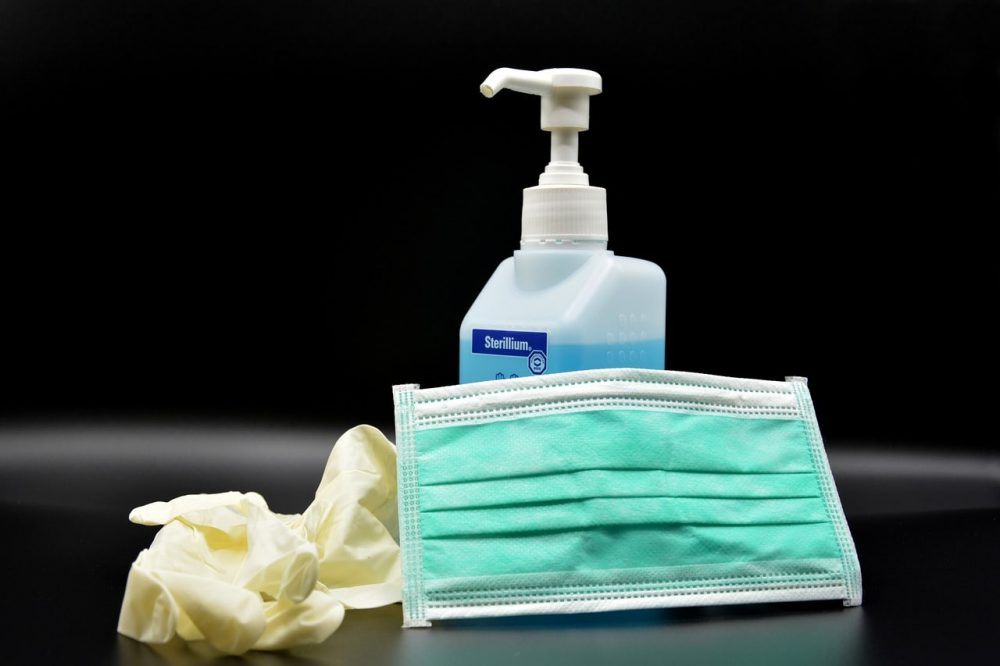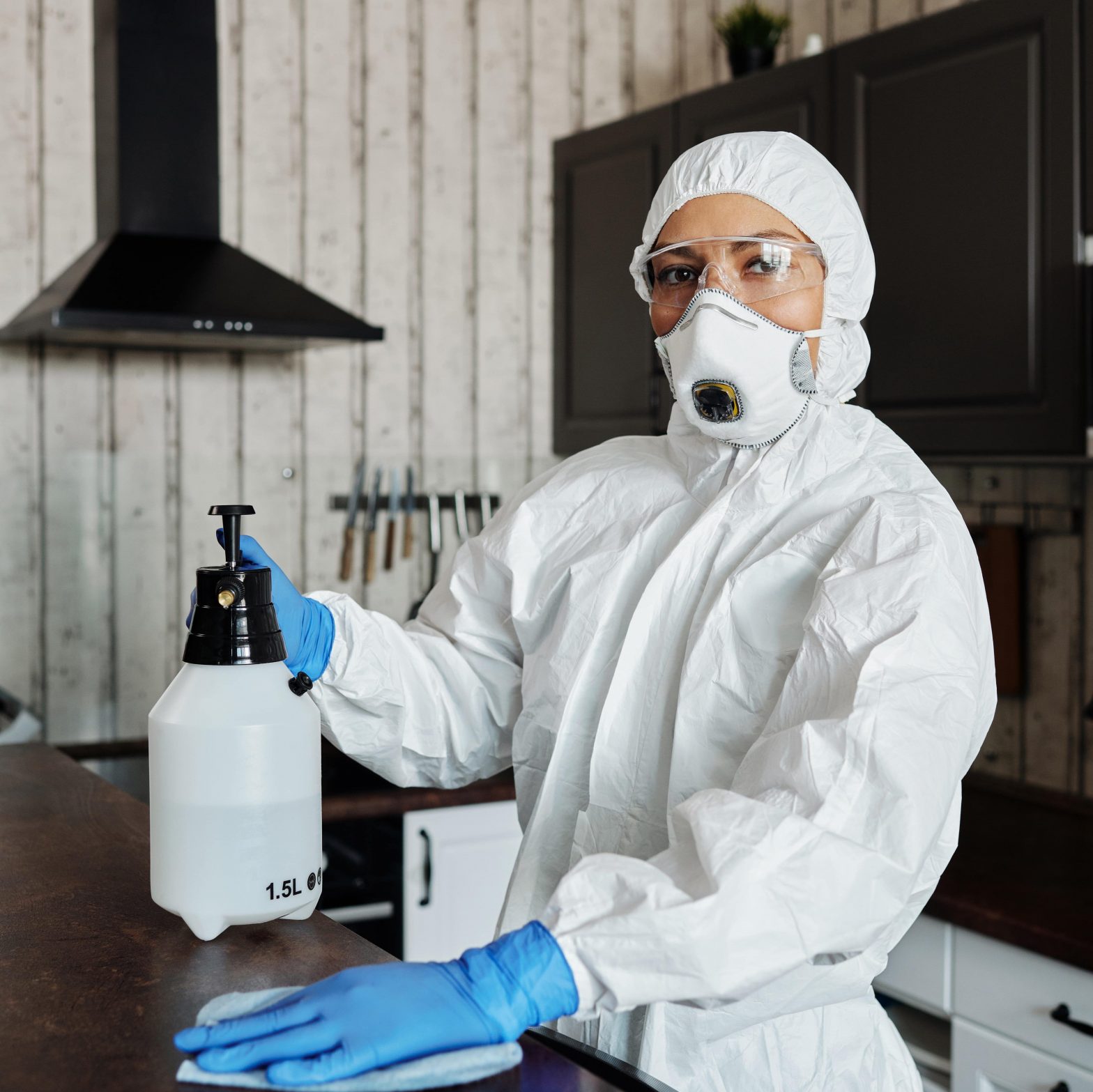Notice: Undefined offset: 2 in /home/site/wwwroot/wp-content/themes/twentynineteen-child/functions.php on line 140
Notice: Undefined offset: 2 in /home/site/wwwroot/wp-content/themes/twentynineteen-child/functions.php on line 140
Notice: Undefined offset: 2 in /home/site/wwwroot/wp-content/themes/twentynineteen-child/functions.php on line 140
Notice: Undefined offset: 2 in /home/site/wwwroot/wp-content/themes/twentynineteen-child/functions.php on line 140
Notice: Undefined offset: 2 in /home/site/wwwroot/wp-content/themes/twentynineteen-child/functions.php on line 140
Notice: Undefined offset: 2 in /home/site/wwwroot/wp-content/themes/twentynineteen-child/functions.php on line 140
Notice: Undefined offset: 2 in /home/site/wwwroot/wp-content/themes/twentynineteen-child/functions.php on line 140
Infections in veterinary medicine can occur both at the time of surgery and during the hospitalization period or during the following days. It is very important that all personnel in contact with the surgical patient have some basic concepts about asepsis and sterilization to minimize the risk of iatrogenic infection. Asepsis is defined as the absence of microorganisms that can cause disease. Antisepsis is the prevention of diseases or infections by destroying or inhibiting the growth or multiplication of the microorganisms that cause them. The sterilization and disinfection processes are aimed at destroying microorganisms. The difference lies in the fact that sterilization eliminates spores and other forms of life, which disinfection does not ensure.
It is not possible to maintain a complete absence of microorganisms in a hospital environment; therefore, the use of aseptic pathogen control techniques is necessary. Strict adherence to the principles of asepsis is the main factor in preventing infections. All personnel in the room should comply with these principles to make the surgical site less favorable to bacterial colonization; outbreaks of pathogens have been detected in which the anesthesia team was involved. In addition, the anesthesia team and ancillary staff perform invasive procedures, such as catheter placement, which require the same aseptic techniques.

Disinfection methods
It is advisable to follow a series of techniques that help reduce the amount of pathogenic microorganisms in the day-to-day hospital environment, such as regular hand washing, use of sterile and non-sterile gloves when handling sources of pathogenic microorganisms (patients at risk, equipment, etc.), cleaning of materials and instruments after use between different patients, regular cleaning protocols for equipment and surfaces, proper storage of equipment and surfaces, proper management of soiled clothing and textiles, containment of supplies and equipment, proper containment of supplies and equipment, and proper management of soiled clothing and textiles.), cleaning materials and instruments after use between different patients, regulating protocols for cleaning equipment and surfaces, proper storage of equipment and surfaces, proper management of soiled clothing and textiles, containment of contaminated supplies and equipment, proper maintenance of heating, ventilation and air conditioning systems, minimizing unnecessary foot traffic and isolating patients with infectious pathologies.
During the actual surgical procedure, the general principles of asepsis must be known and respected by all staff members working in the surgical environment: use sterile instruments within the sterile field, use of gown and gloves during the procedure, sterile persons operate only within the sterile field, and non-sterile persons touch and handle non-sterile objects, sterile cloths are used to create sterile fields, objects and instruments used in the sterile hood must be sterilized, all objects introduced into the sterile field must be opened, offered and transferred by methods that maintain sterility and integrity, a sterile field must be maintained and constantly monitored, and surgical staff must be trained to recognize when sterility has been breached and what solutions can be applied.
Asepsis and surgical sterilization
Performing an adequate surgical technique minimizes the risk of infection. Tissues must be handled carefully, in such a way that the least possible trauma is produced, maintain effective hemostasis, but keeping the blood supply, remove devitalized tissue, eliminate dead spaces, use drains and adequate suture material, any implant of foreign material should be used as little as possible because it reduces the resistance of the wound to infection.
Synthetic suture is the most commonly used material for closure of surgical incisions. Multifilament sutures have been shown to favor bacterial growth over monofilament sutures. Primary closure with staples has been shown to increase the risk of SSI (Surgical Site Infection) in veterinary medicine.

Closure of clean and clean contaminated wounds should be performed primarily. Contaminated wounds may be closed primarily or delayed to promote drainage. For dirty wounds, closure should be performed by secondary intention. Transmission of microorganisms in veterinary hospitals can occur through contaminated instruments, the environment itself and, above all, the personnel working there.
In human medicine hospitals, within this human-to-human contact, the airborne route, droplets and physical contact are the most common routes of transmission; however, in veterinary medicine these routes of transmission are less common due to a lower incidence of zoonotic diseases that can be transmitted between patients and the workers themselves. Environmental transmission between sick animal patients is the most common route.
Sources of contamination
Contamination sources can be divided into animal source and inanimate source. Skin, hair, nasopharynx and other orifices, such as genital and digestive, are part of the animal source of contamination. Within the inanimate source is air and fomites. These are any surface or inanimate object capable of carrying and transmitting pathogens (walls, floor, sheets, etc.).
The levels of disinfection and sterilization have been described to prepare the objects according to the contact with the patient in the different procedures, as well as their assigned use; the levels are listed in:
- Critical: within this level it is possible to find implants and instruments that penetrate or come into contact with levels below the skin. They must be sterilized and used with a sterile technique.
- Semi-critical: equipment and instruments that come into contact with the skin and/or mucous membranes during the surgical procedure, but without penetration to deeper levels. Although they are usually sterilized, this would not be necessary, since sterility is not maintained during use; thorough cleaning and disinfection would be sufficient (e.g. vaginoscope).
- Non-critical: equipment or instruments that contact mucous membranes or intact skin, but not directly associated with a surgical procedure. It should be cleaned and disinfected, but does not require specific handling between patients (e.g., laryngoscope).
Main disinfection methods
Most disinfectants are liquid compounds, such as alcohols, phenols and derivatives, quaternary ammonium compounds, heavy metal ions, ethylene oxides, halides, aldehydes, ethylene oxide, etc. The choice of the same will depend on the expected use of it, all microorganisms, including spores. Others have less effect eliminating pathogens.
Among the most commonly used disinfectants is alcohol (isopropyl alcohol or ethyl alcohol), which has good disinfectant properties and very good antiseptic properties and is used for cleaning stains and preparing fields for injections. It is volatile and corrodes stainless steel.
Among the chlorine compounds is hypochlorite, which is used for cleaning surfaces and countertops, has poor antiseptic properties, but good disinfectant properties. It is inactivated by organic wastes and corrodes metal. Iodine compounds (iodophors) are used for cleaning dark-colored floors and countertops and have good disinfectant and antiseptic properties. Caution should be exercised when using them, as they stain fabric and fabric.

The importance of asepsis and sterilization
It is of vital importance for the health professional to know everything related to cleaning and disinfection. This knowledge ensures that the professional performs his or her work in a safe and adequate manner. This is why it is important for the professional to be trained so that he/she is fully proficient in this area.
For the professional development of this knowledge, TECH Technological University has designed the Faculty of Veterinary Medicine, in order to provide a prompt solution to the various social needs that arise in this area. Clear examples of this are the Master’s Degree in Medicine and Surgery of Ruminants and the Master’s Degree in Medicine and Surgery of Poultry.
On the other hand, for those professionals who wish to specialize in the area of small species, their welfare and health, there is no doubt that the choice should be the Master’s Degree in Veterinary Cardiology in Small Animals. Through 10 modules, the professional will specialize in this area, thus becoming an expert in the field in just one year.
